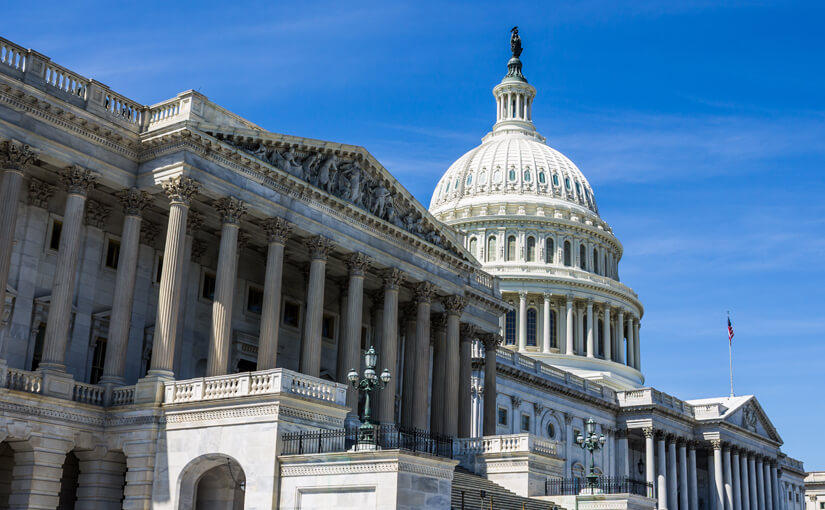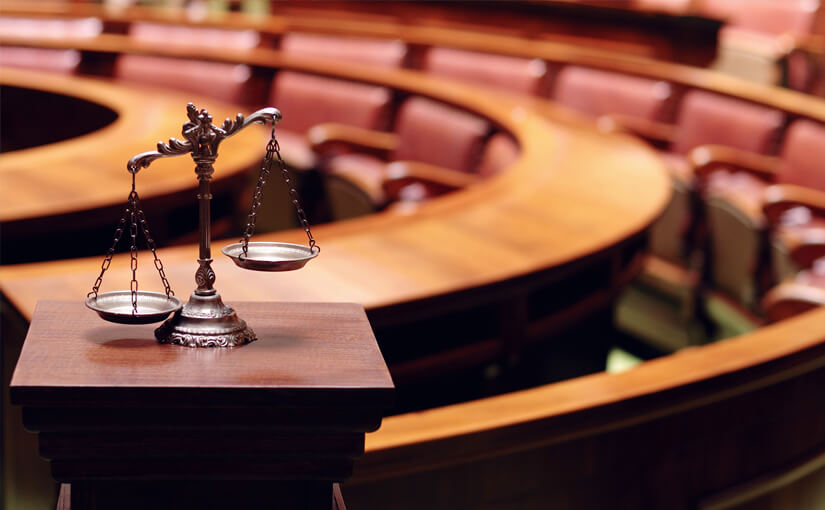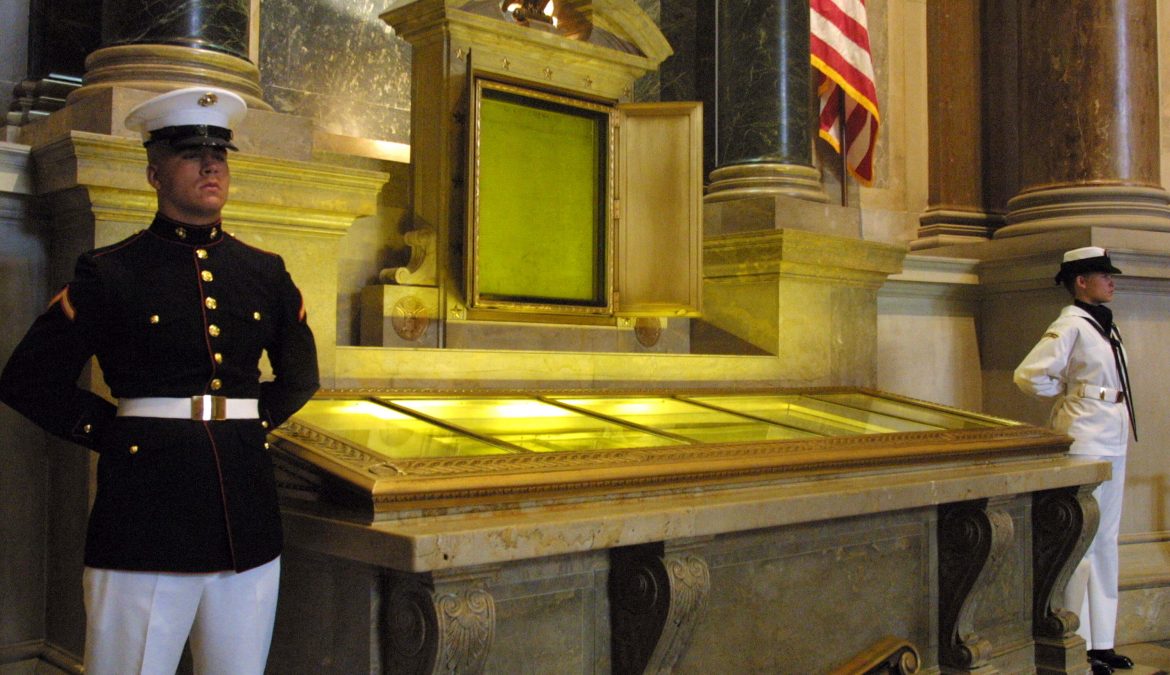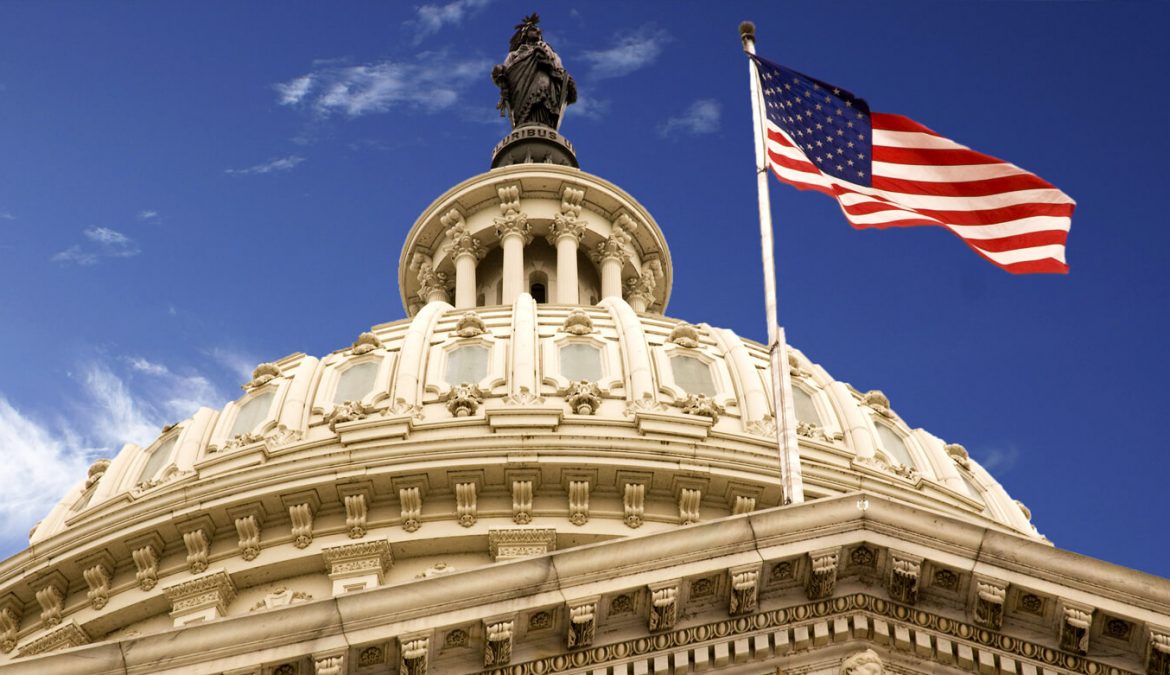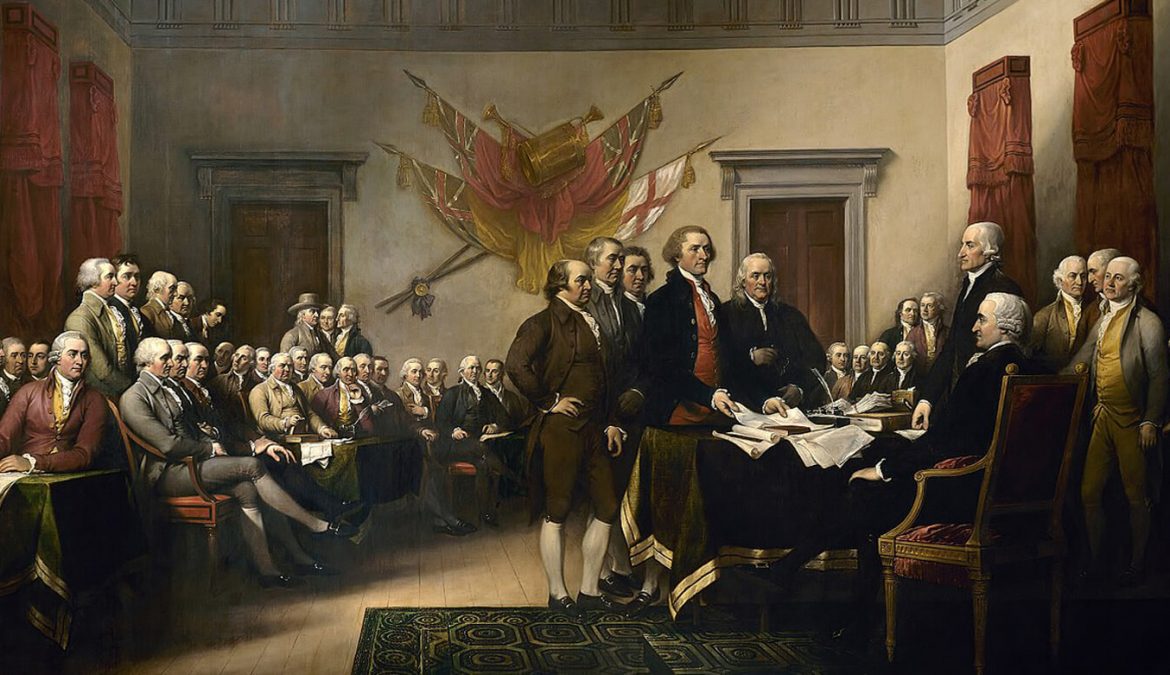- Congress
- Legislative
- President
- Executive
- The courts
- Judicial
The Constitution establishes three branches of government: legislative, executive, and judicial. Article I of the Constitution establishes the legislative branch. Article I explains that Congress makes laws.
Congress (the Senate and the House of Representatives) is the legislative branch of the U.S. government. Article II of the Constitution establishes the executive branch.
The executive branch enforces the laws that Congress passes. The executive branch makes sure all the people follow the laws of the United States.
The president is the head of the executive branch.
The vice president and members of the president’s cabinet are also part of the executive branch.
Article III of the Constitution establishes the judicial branch. The judicial branch places the highest judicial power in the Supreme Court.
One responsibility of the judicial branch is to decide if government laws and actions follow the Constitution. This is a very important responsibility.
** As you prepare for U.S. citizenship, Learn About the United States: Quick Civics Lessons will help you study for the civics and English portions of the naturalization interview. There are 100 civics (history and government) questions on the naturalization test. During your naturalization interview, you will be asked up to 10 questions from the list of 100 questions. You must answer correctly six (6) of the 10 questions to pass the civics test.


